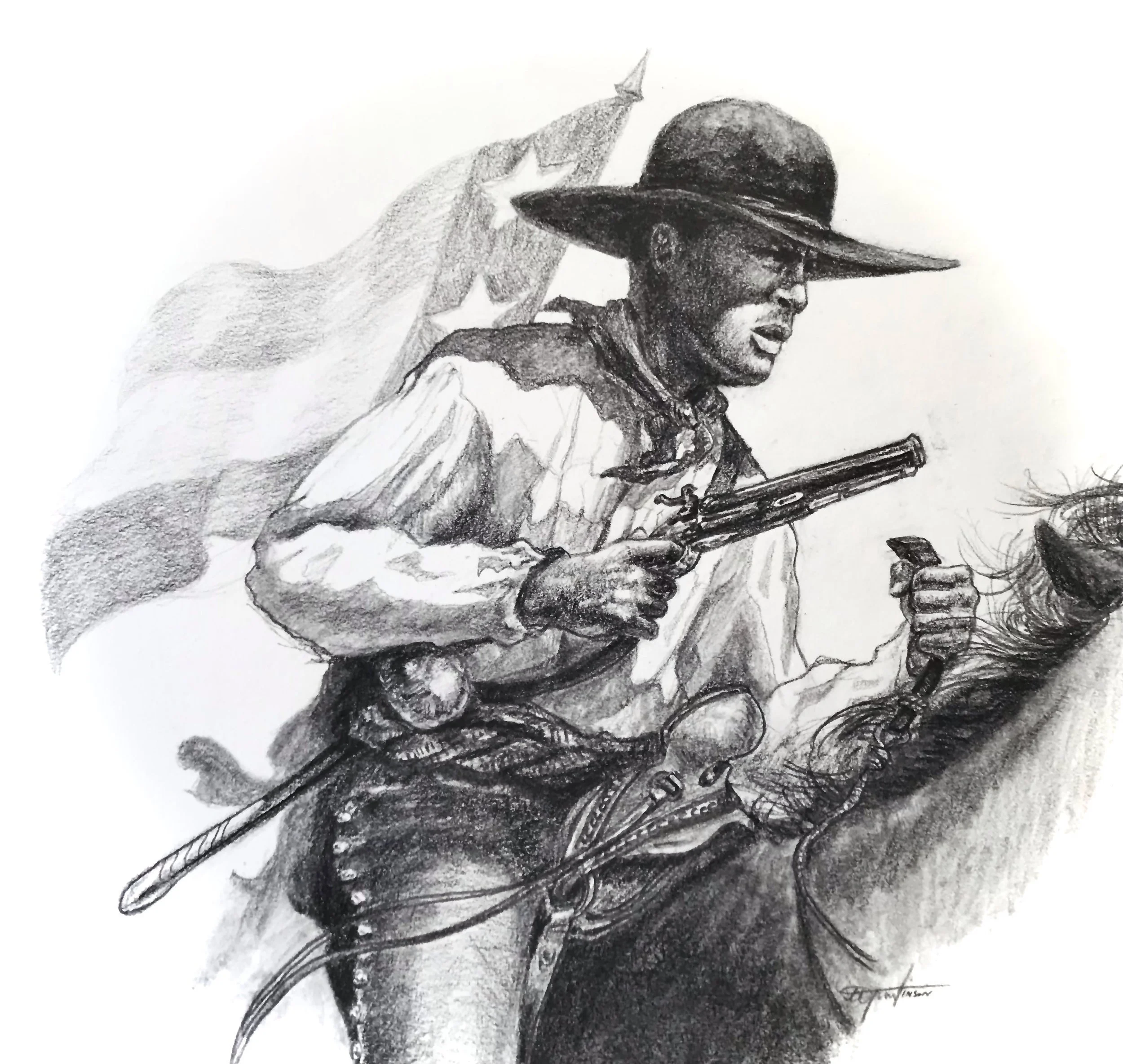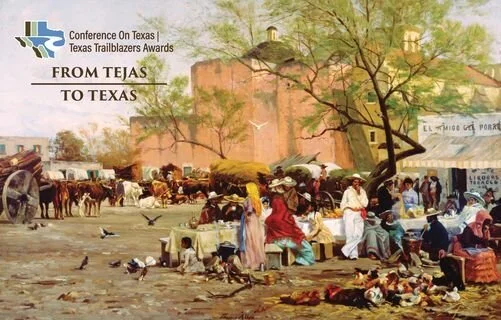As Antonio Zapata grows into manhood, his unique talents become clear to all around him.
4.02 - Young Zapata
Young Antonio Zapata is born in Revilla, Nuevo Santander, the son of a domestic servant and a cow hand.
4.01 - Las Villas del Norte
In the 1750's, Carrizo Indians living in the lower Rio Grande Valley greeted two new groups of settlers: the Lipan Apaches and the Spanish.
4.00 - The Republic of the Rio Grande
Join us for Season 4 of A New History of Old Texas: The Republic of the Rio Grande.
Image of Col. Antonio Zapata by Matt Tumlinson.
Witte Museum Conference on Texas Presentation
My presentation at the Witte on Cabeza de Vaca as Interpreter of Lower Pecos Rock Art…it’s a little out there!
3.25 - The Gospel of Cabeza de Vaca
What the legacy of the four old Narváez expeditionaries in the New World amounted to. How their legacy back in the Old World may have been more meaningful. How Cabeza de Vaca saw his legacy. And how we might think of it as well.
3.24 - The "Ideal" Conquest
How the four expeditionaries translated their gospel into terms their Native American followers might understand. How the four expeditionaries then translated the Native American worldview into terms Castilians might understand. How they became apostles from the Indians. How they advocated for the full humanity of Native Americans. And how they failed.
3.23 - Four Horsemen
What the four expeditionaries found when they were reunited with their countrymen. How they were horrified by what they saw. And how they resolved to do something about it.
3.22 - Crossing the Divide
How the four expeditionaries crossed the Continental Divide. How they re-connected with the Castilian world. And how they saw the first signs of the devastation wrought by their countrymen on the Native American communities of which they now considered themselves a part.
3.21 - The Arrowhead
How Cabeza de Vaca removed an arrowhead from the beating heart of an ailing native. How the four expeditionaries' "authority" continued to grow. How the expeditionaries abused that authority. And how they came to repent of it.
3.20 - All Things to All People
What clues Native Americans left as to how they viewed the four expeditionaries. Why they seemed so determined to carry the expeditionaries up into northern Coahuila. And how the expeditionaries entered the spiritual heartland of Native North America.
3.19 - The Inexplicable Turn
How the four expeditionaries came to within a few weeks’ march of the Rio de las Palmas, their goal for the last seven years. How they turned away from their goal. And how it becomes apparent that the spiritual movement they were "leading" wasn't really about them.
3.18 - The First American Ponzi Scheme
How Estevan prepared the way for his companions as they crossed the Rio Grande. How to interpret the agendas of the "headmen" leading the natives now surrounding the four expeditionaries. How the expeditionaries realized they were still, despite their following, as vulnerable as they had been back on the Galveston beach.
3.17 - Mala Cosa
When the expeditionaries came to question their medicine. How they came to fear that they - perhaps - might be bringing the evil they thought they were curing. How they stopped healing. And how that made things even worse.
3.16 - Signs and Wonders
How the expeditionaries' cures became increasingly challenging. How their faith continued to work for them...and for their patients who were cured by it. And how Cabeza de Vaca raised a man from the dead.
3.15 - Tests of Faith
How the four castaways became medicine men. How they performed their "cures." And how a burning bush showed Cabeza de Vaca the course he needed to follow.
3.14 - The Great Escape
How prickly pears brought the four old expeditionaries together. How they gorged on the nasty little fruits. And how they embarked on the first leg of their great pilgrimage that would carry them across the continent over the next eighteen months.
3.13 - The Utility of Belief
How Cabeza de Vaca was separated from Castillo, Dorantes, and Estevan. How his status decreased with his utility in the new landscape of South Texas. And what he did to survive this most difficult year.
3.12 - The Great Tunal
How the peoples of South Texas differed from those of the upper Texas coast. How the four expeditionaries planned to escape from them. And how their plan was foiled.



















